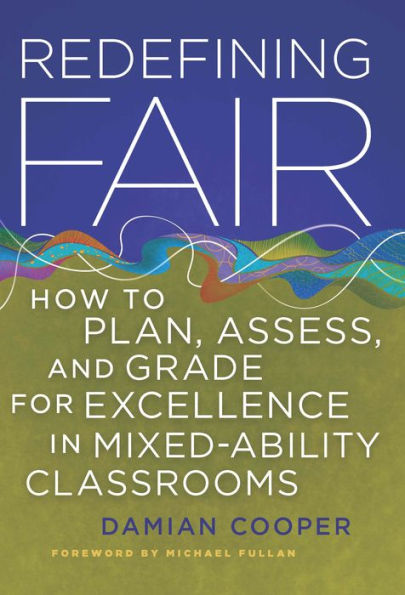Table of Contents
About The Author VII
Foreword IX
Introduction Why This Book Now? 1
The Five Imperatives 2
Chapter 1 Why Is Differentiation Essential Today? 7
Teacher Readiness to Implement Differentiated Instruction 10
Three Case Studies 11
Conclusion 19
Chapter 2 What Does "Fair" Mean in the Mixed-Ability Class? 21
Debunking the Bell Curve 21
Countering Resistance in the Classroom 26
Conclusion 30
Chapter 3 How Should Curriculum and Assessment Connect in the Mixed-Ability Class? 31
Planning With the End in Mind 34
Essential Learning Versus Coverage of Everything 40
Conclusion 42
Chapter 4 How Should I Assess Students' Needs in the Mixed-Ability Class? 43
On What Basis Should Teachers Differentiate Instruction? 45
Conclusion 54
Chapter 5 What Does Excellence Look Like in the Mixed-Ability Class? 55
Teacher Training 55
The Standards Movement 57
Defining Excellence 59
Creating the Conditions for Excellence to Thrive 62
Conclusion 72
Chapter 6 How Should I Assess Learning In the Mixed-Ability Class? 73
Understanding the Relationship Between Assessment for Learning and Assessment of Learning 74
Scaffolding and Assessment 85
The Negative Impact of Scores and Grades 85
Conclusion 87
Chapter 7 How Should Assessment and Instruction Connect in the Mixed-Ability Class? 89
Beginning With Students' Strengths and Deficits 90
Empowering Students 91
The Differentiated Lesson: Begin With a Common Plan 96
Scaffolding: Why? Who? What? When? How? 98
Conclusion 102
Chapter 8 How Should Assessment Be Matched to Students'Needs? 105
Planning Assessment Tasks With Your Students in Mind 107
Assessing Essential Learning 112
Balanced Assessment: Write, Do, and Say 114
Assessment Tools That Encourage Learning 116
Conclusion 121
Chapter 9 How Do I Grade Learning in the Mixed-Ability Class? 123
When to Use Norm-Referenced Grading 124
When to Use Criterion-Referenced Grading 126
When to Use Self-Referenced Grading 129
What Are the Attributes of High-Quality Grades? 129
Principles for Sound and Supportive Grading 134
Conclusion 138
Chapter 10 How Can I Report Effectively to Students in the Mixed-Ability Class and to Their Parents? 141
What Are Parents Looking For? 141
Clarity About the Meaning of Grades on Report Cards 148
Can Grades Communicate Both Progress and Achievement? 152
Reporting for Students With Special Needs 154
Conclusion 156
Epilogue 157
Appendix Reproducibles 159
References And Resources 181
Index 187



